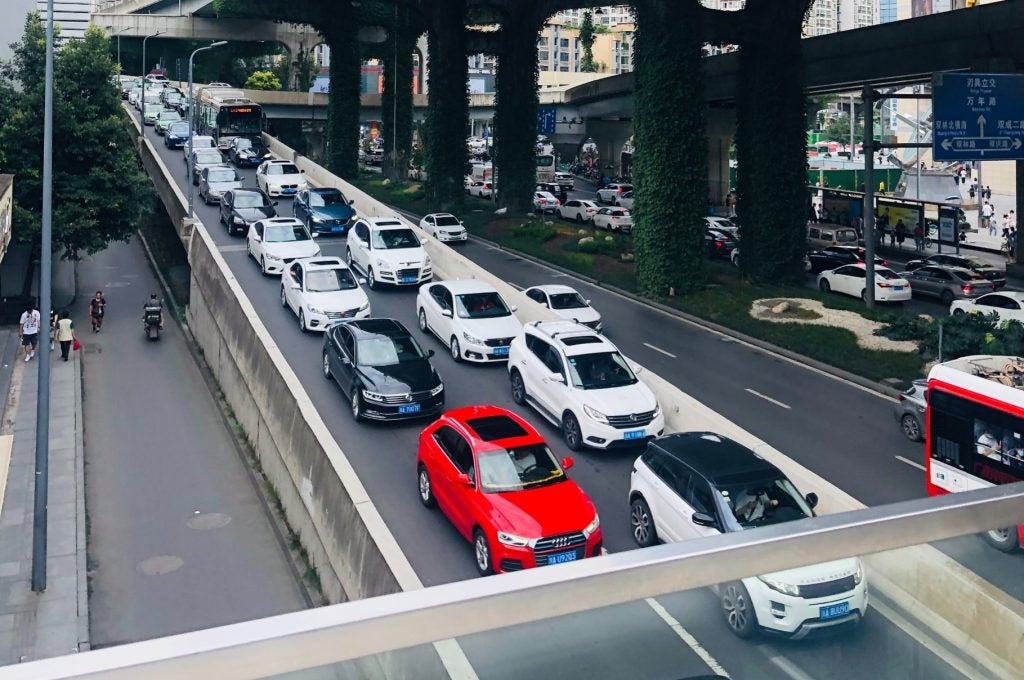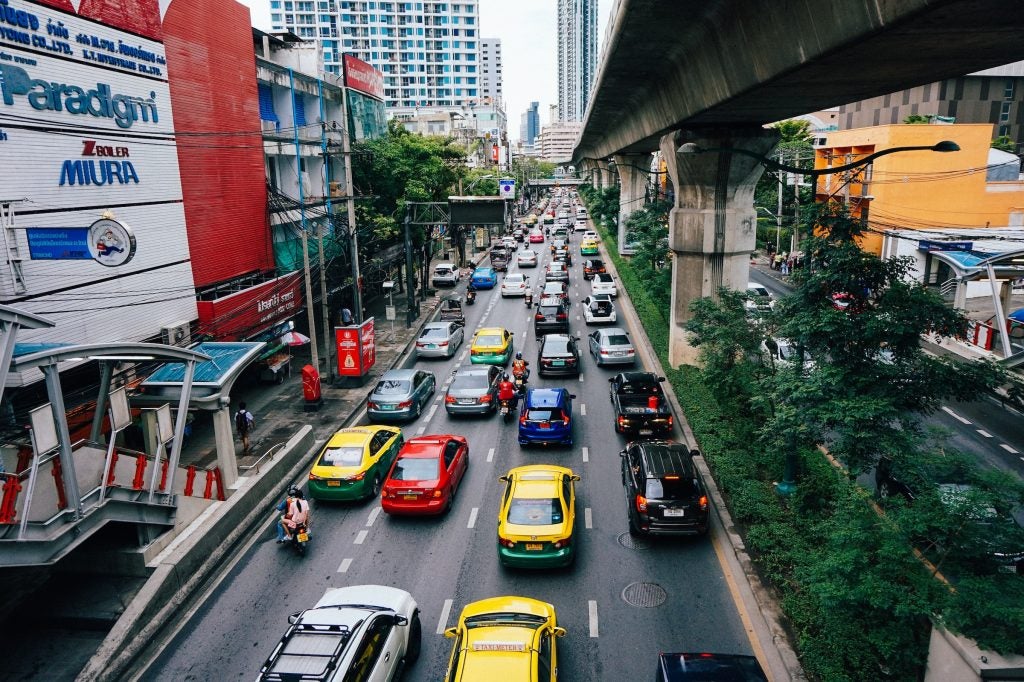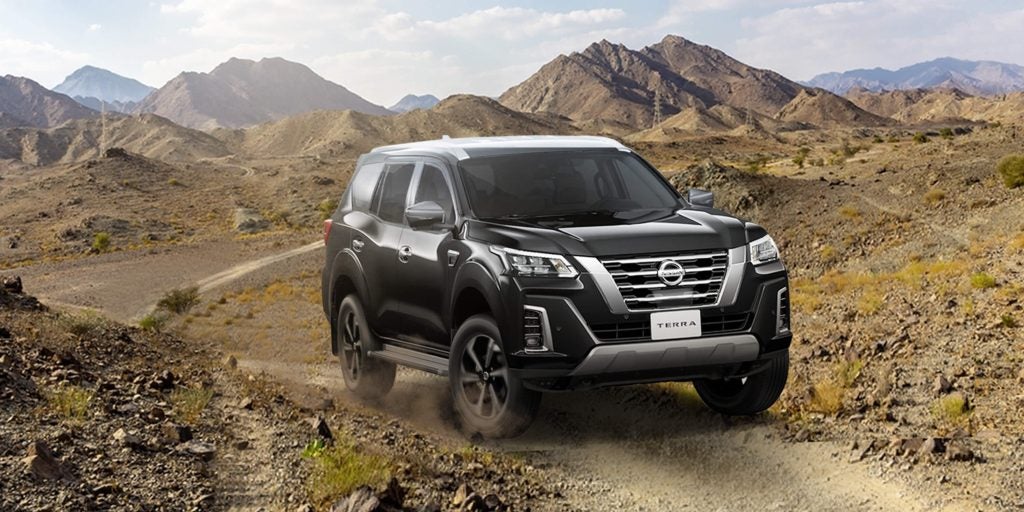In this interview with Continental covering cameras and sensors, Matthew Beecham spoke to Christian Schumacher, head of business unit, NAFTA, advanced driver assistance systems, Continental Corporation. It was carried out in the relative tranquility of Hall 5.1 at the 2015 IAA extravaganza where the global supplier's booth bristled with innovation on automated driving, electrification of the powertrain and intelligent connectivity of driver, vehicle and environment.
Could you tell us about some of the technologies that Continental is highlighting this year here at the IAA and your message?
We are trying to represent here not just individual solutions [but] a complete solution from the beginning to the end. It comes back to Vision Zero, i.e. somewhere in the future we hopefully will see no traffic fatalities.
As we understand it, multi-function cameras are forming a core technology for advanced driver assistance. These cameras will be cheaper, more effective and easier to integrate than radar and infra-red systems. Is that how you see it?
I would see it a little bit different. Our portfolio includes all of the sensors, including camera, radar, LIDAR assistance in our portfolio, but at the end of the day we prefer every sensor like it is, with its strengths and weaknesses. When we are looking at things like Euro NCAP, we strongly believe that as a base the radar is the better solution. In this case, it's mostly because of the ability to react in pretty much all weather conditions. But at the end of the day, we agree the ADAS technology is becoming more sophisticated and moving into a price range making it affordable in all classes, because that's our intention.
See Also:
With rear facing cameras in North America becoming mandatory, are there concerns about keeping the lens clean?
How well do you really know your competitors?
Access the most comprehensive Company Profiles on the market, powered by GlobalData. Save hours of research. Gain competitive edge.

Thank you!
Your download email will arrive shortly
Not ready to buy yet? Download a free sample
We are confident about the unique quality of our Company Profiles. However, we want you to make the most beneficial decision for your business, so we offer a free sample that you can download by submitting the below form
By GlobalDataThat is definitely one of the concerns. Besides the camera, our portfolio includes a surround view system – that includes a back-up camera – so we had the same challenge. So [with] NHTSA requesting these cameras, it is only a question of time when they are asking most likely for a cleaning system, because how is it useful for you if you can't see it, you have your screen but you see only dirt, or in the wintertime sometimes you see ice on it. So there will be definitely developments in these areas but it takes time.
While we see such multi-function cameras on the high-end and medium segment cars, to what extent is this technology permeating down to the low-end at all in Europe?
The cost of all the systems is going down. [While] we see definitely a trend in the market that camera systems will be more out there, the question is: for what applications? Is it more cameras for traffic sign recognition and lane detection or are there more high end cameras that we see that can do more? We have that in our portfolio, too.
It is the same for LIDAR or radar technology. If you look at blind spot monitoring, a very popular feature, it is done by radar for most of the cars, very high take rates, even it goes down to the B classes now, and it will be very soon in A class cars. So you see the trend in all of them, but I would agree that [such] technologies are becoming less expensive and filtering down in all classes. Again, coming back to what I said at the beginning, safety for everyone.
So what does that mean for the BRIC countries, excluding China?
There are definitely requests in the emerging markets for this. Obviously you have to look at the market individually. China is a little bit difficult to explain because there you see trends in all directions [but] we definitely see a strong increase in China for advanced driver assistance in general.
As the algorithms for doing image processing is continuously evolving and more and more computer power enters the vehicle, could you foresee that by the end of this decade, every new car will have a video camera?
The remainder of this interview is available on just-auto's QUBE light vehicle safety systems market research service







